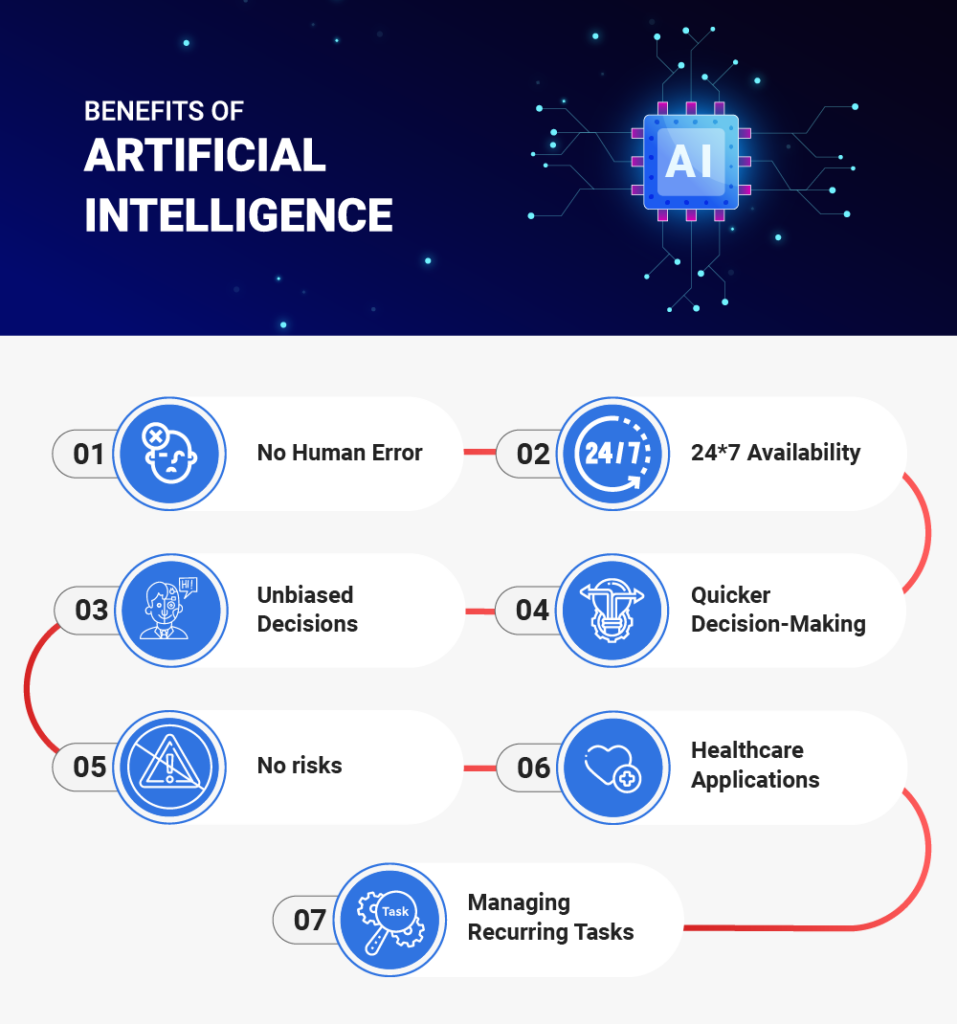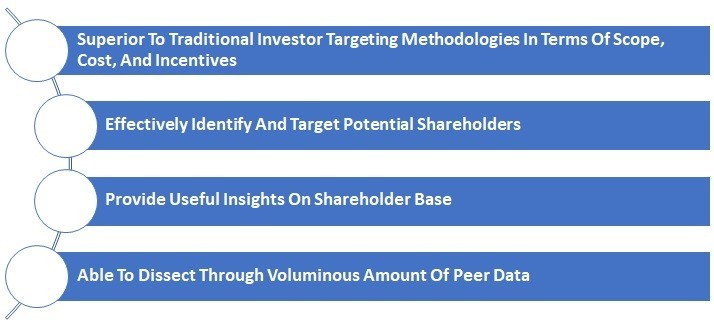Digitalization in IR (Investor Relations) has progressed substantially when information travels at unprecedented rates and markets are more volatile than ever. Investor relations entail more than simply staying in touch with shareholders and communicating financial data; it also involves harnessing technology to compete in a data-driven environment. Artificial intelligence (AI) has transformed how businesses communicate with their investors and make strategic decisions in this field. This article will address the importance of AI in investor relations, as well as its applications, problems, potential, and future.
Significance of AI in the Digital Age
Artificial intelligence (AI) is the use of potent machine learning algorithms and data analytics tools in investor relations to enhance decision-making, communication, and relationship management with investors. It helps Investor Relations Officers (IROs) to make sense of the enormous amount of data available today, enabling them to make better-informed decisions and swiftly respond to changing market situations. The importance of AI-powered software rests in its potential to use data to improve transparency, engagement, and efficiency in investor interactions.

Definition of AI in Investor Relations
The use of machine learning algorithms, natural language processing, and data analytics to maximize communication and interaction between a company and its stakeholders, particularly investors and shareholders, is referred to as AI in IR. It uses data and technology to improve decision-making and investment decision support, target the proper investors, and develop better relationships.
Applications of AI in Investor Relations
Data Analytics and Shareholder Behavior Analysis
AI-powered tools are transforming the way organizations analyze data and understand shareholder behavior. Among them are:
- Q4 Platform
- AlphaSense Tool and many more.
Companies can go through enormous amounts of financial news, social media chatter, and analyst reports thanks to the use of AI in shareholder behavior analysis by applying natural language processing (NLP) and sentiment analysis. IROs may get real-time market sentiment data, detect developing trends, and measure the impact of news on their stock price. As a result, they may develop more effective communication strategies and make timely disclosures.
Enhancing Investor Targeting Through AI
Predictive analytics are used by AI-powered systems, such as Nasdaq IR Insight and Ipreo by IHS Markit, to help organizations discover and target potential investors more effectively. These systems can propose the most potential leads by evaluating past trade data and investor profiles, increasing the efficiency of investor outreach operations. AI also enables communication personalization, customizing messages to specific investor preferences and interests.

Impact on Investment Decisions
AI applications in investor relations are crucial for institutional investors and asset managers nowadays. Artificial intelligence-powered applications evaluate financial data, news, and market movements in real time, assisting investors in identifying opportunities and hazards. This helps not just investors but also a company’s stock price and valuation. Companies that have a solid IR strategy that is assisted by AI can attract more knowledgeable and strategic investors, which can boost stock performance.
Challenges and Opportunities for Investor Relations Officers with AI
Leveraging Real-Time Shareholder Identification Reports
While AI provides tremendous potential, it also introduces new difficulties. IROs must keep up with the rapid pace of AI-driven discoveries. Real-time shareholder identification reports, for example, might indicate rapid changes in ownership, allowing organizations to respond quickly. However, IROs must also be more nimble and quick in their behaviors.
Transitioning Towards Data-Driven Investor Targeting
The shift to data-driven investor relations necessitates that IROs become skilled in AI technologies and analytics. Training and skill development are critical to ensuring that teams can successfully use AI technology for enhanced decision-making. Furthermore, incorporating AI into current IR procedures may demand organizational adjustments as well as a mentality shift.
Mitigating Risks of AI Malfunctions
AI is not impervious to mistakes or faults, so companies should aim to mitigate the risks of using AI tools in business. To ensure the quality and dependability of AI-generated insights, IROs must adopt safeguards. This involves data quality assurance, monitoring for algorithm biases, and establishing backup plans in case of technological failures. Trust in AI-powered IR technologies for enhancing funds management is critical to their success.
The Future Landscape of AI and IR
Role of Trust and Relationships in Effective IR
Despite AI’s rising importance in IR, trust and connections remain critical. While AI can improve productivity and give useful insights, it cannot replace the human touch in developing and sustaining investor relationships. IROs must find a balance between using AI to make data-driven choices and building trust via individualized communication and engagement.
Prospects for Continuous Integration of AI Tools in IR
The future of investor relations is inextricably linked to artificial intelligence. We should foresee a wider incorporation of AI tools into IR procedures as technology progresses and AI algorithms grow more sophisticated. This integration will not only simplify operations, but will also allow IROs to address investor concerns, forecast market moves, and negotiate complicated regulatory environments.
Summary
AI has emerged as a formidable ally for Investor Relations Officers in the digital era, transforming how they communicate with shareholders and make strategic choices. AI is revolutionizing the IR sector, from data analytics and shareholder behavior research to improving investor targeting and impacting investment choices. While there are limitations, such as the need for quick adaptation and risk mitigation, the benefits of AI in IR are apparent. The future of AI in IR looks bright as it can be successfully integrated alongside human skills, with trust and connections being fundamental to good Investor Relations. As AI evolves, the question is not whether to accept technology, but rather how to harness its potential to drive success in the ever-changing world of investor relations.